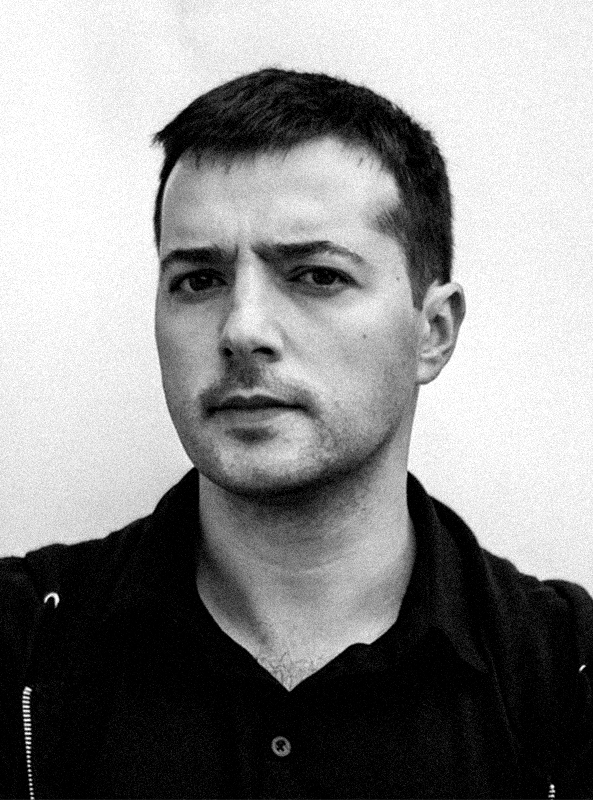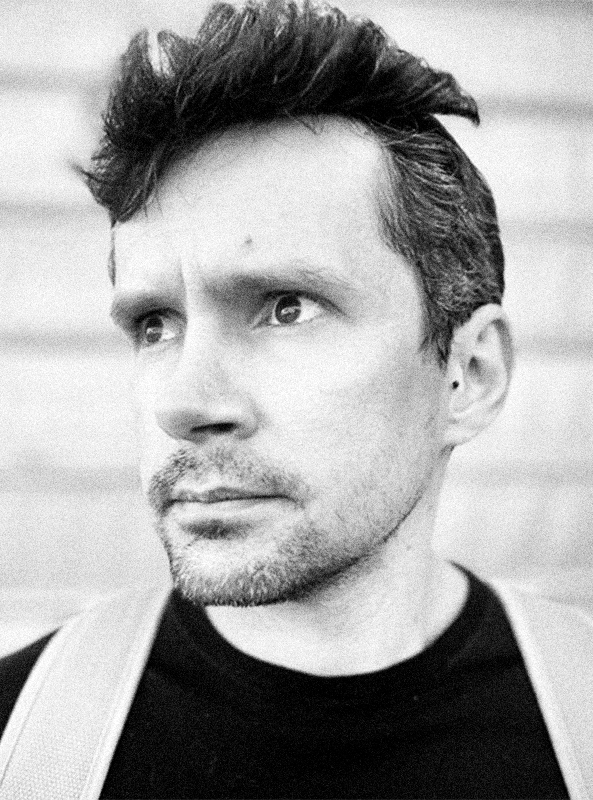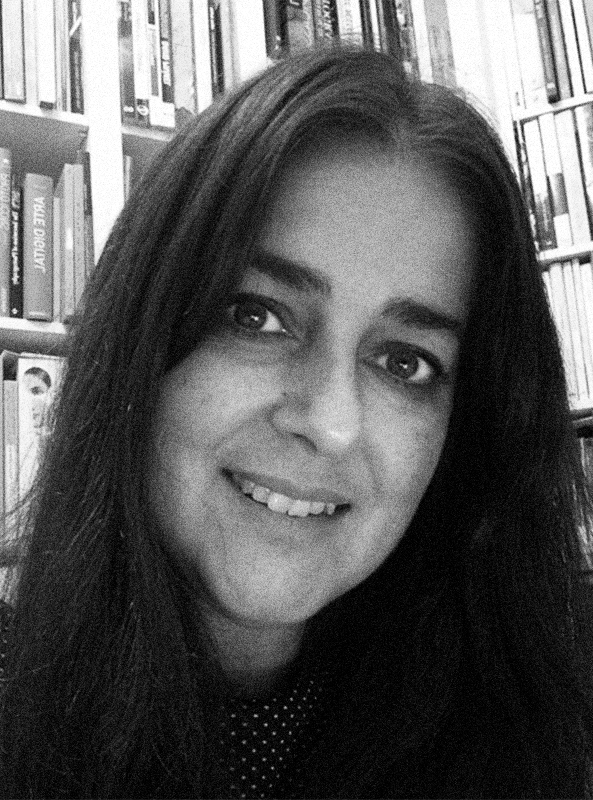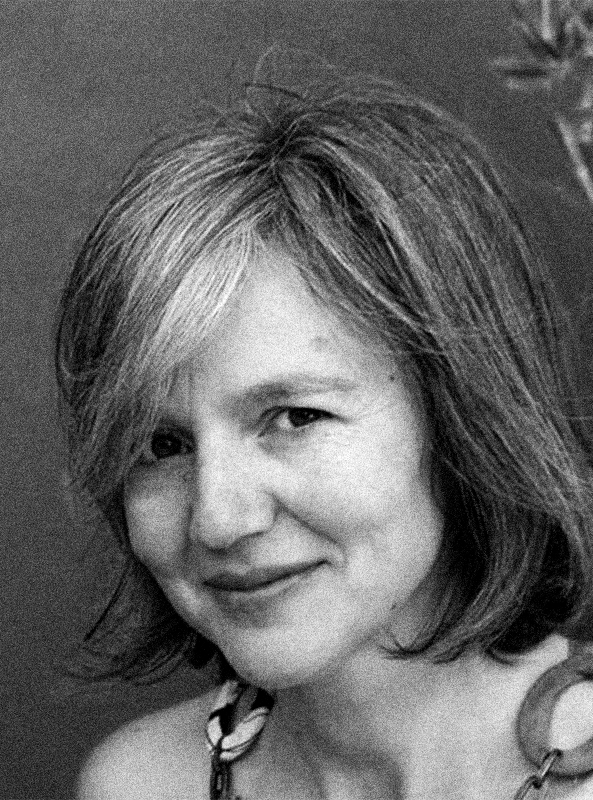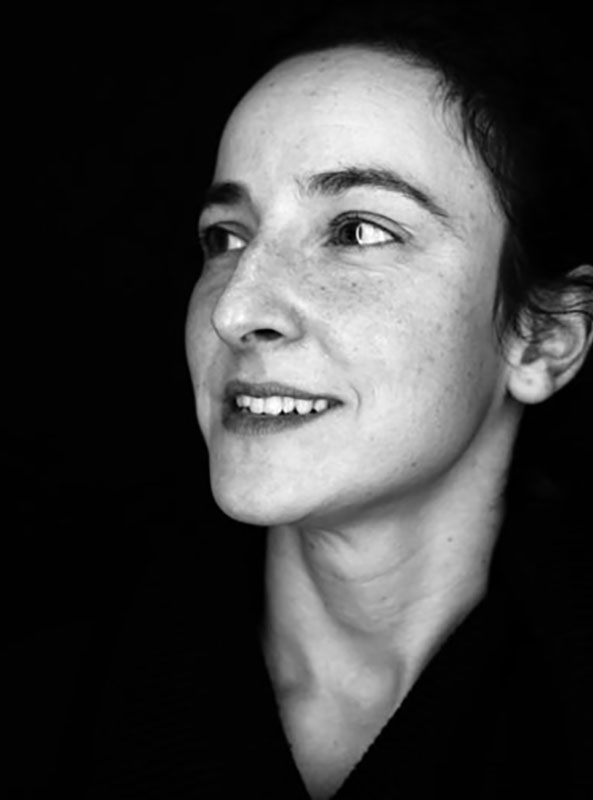Members
Member's Details
Pedro Amado (SIG Moderator, i2ADS/FBAUP, PT)
Pedro Amado holds a Ph.D. Type Design in Digital Information and Communication Platformsin from the University of Aveiro (2014), an MFA in Open Source Type Design in Multimedia Art (2007), and a degree in Communication Design from the Faculty of Fine Arts of the University of Porto (2002). He is currently the Director of the Master's Program in Graphic Design and Editorial Projects (MDGPE), an Associate Professor of Typography and Typeface Design, Web Design, and Methodologies at FBAUP. Integrated researcher and member of the direction of the i2ADS research institute (responsible for design and communication areas). ID+ research institute collaborator, a founding member of the ATIPO typography association, and country delegate for the ATypI international association. Passionate for digital tinkering, amateur letterpress printer ,calligraphy, contemporary forms of writing, and digital fotography, he has an ongoing purpose to bridge the gap between the digital tools and the creative physical expression. His research and development activities are focused on typography and editorial design, computational and post-digital design, and human-computer interaction.
Fabrício Fava (i2ADS/FBAUP, PT)
Fabrício Fava is a multidisciplinary designer and Researcher at i2ADS — Research Institute in Art, Design and Society, where he promotes research through design. As a moderator of the interest group in Ludic Interfaces and Speculative Design (iLudens), he has been exploring playful methodologies and expanding the idea of ludic design as a means to develop creative thinking.
Cristina Ferreira (i2ADS/FBAUP, PT)
Cristina Ferreira, born in Porto (Portugal), holds a Bachelor's degree in Communication Design, a Master's degree in Art and Multimedia, and a PhD in Art and Design from the Faculty of Fine Arts, University of Porto. She is an Assistant Professor in the Department of Design at FBAUP, specializing in Communication Design and fotography. Previously, she worked as an illustrator of schoolbooks for several years at one of the country's leading publishers. She has participated in various congresses in the fields of Communication Design, Education/School Manuals, and fotography. Her research focuses on the epistemological field of images and how they can serve as a way of thinking and understanding the world, particularly through the analysis of the interaction between images and the technological artifacts responsible for their production. She also explores visual intersections between communication design, visual literacy, and fotography. Integrated researcher at i2ADS — Research Institute in Art, Design and Society.
Graciela Machado (i2ADS/FBAUP, PT)
Graciela Machado, born in Porto, Portugal, graduated in Fine Arts Painting from the Faculty of Fine Arts of the University of Porto (FBAUP) and earned a Master’s in Printmaking from the Slade School of Fine Art, London. She holds a Ph.D. in Drawing from the University of the Basque Country, focusing on "Time representation within the image." A Research Fellow of the Calouste Gulbenkian Foundation and Foundation for Science and Technology, she is currently an Associate Professor at FBAUP and an integrated researcher at the Research Institute in Art, Design and Society (i2ADS). Graciela coordinated PURE PRINT/i2ADS (2013/2021), an international printmaking research platform, and leads the PURE PRINT ARCHEOLOGY interest group (2023-).
Her work explores historical printmaking techniques through a technological archeology approach, focusing on lesser-known 19th and 20th-century fotomechanical processes. Her research has led to sustainable, locally rooted methods for creating and preserving artworks. She publishes manuals, specimen books, and animations and shares her findings through workshops and publications, combining traditional and experimental methods.
Catarina Silva (ESD-IPCA / ID+, PT)
Catarina Silva, Assistant Professor, School of Design, Polytechnic Institute of Cávado and Ave (IPCA), Barcelos, Portugal. Ana Catarina Silva is a teacher, a researcher and holds a Ph.D. in Sciences and Technologies of Communication (University of Porto, Portugal), with a thesis that studied the design of the technical book in a hybrid editorial context. Her research projects address a variety of fields and their borders,from hybrid editions to independent publishing, typography, letterpress or illustration. Books (and its forms) are her passion, and she’s been teach- ing Typography, Editorial and Design Project in undergraduate and grad- uate degrees in Graphic Design and Digital Design since 2007 at IPCA. She is also a research member of CAOS (Communication, Art, Object, and Synergies/ID+ (Research Institute for Design, Media, and Culture), Barcelos, Portugal, a founding member of the ATIPO typography associa- tion, and a member of the Design Obs, a Portuguese Design Observatory.
Vítor Quelhas (ESMAD-IPP / ID+, PT)
Vítor Quelhas, Assistant Professor, Polytechnic Institute of Porto, School of Media Arts and Design, Porto, Portugal and ID+ Research Institute for Design, Media and Culture, Aveiro, Portugal and uniMAD, Porto, Portugal Vítor Quelhas holds a Ph.D. in Design (Typography and Type Design) from the University of Aveiro, Portugal, an MFA in Multimedia Arts, and a degree in Communication Design/Graphic Arts, both granted by the Fine Arts School of the University of Porto, Portugal. Currently, he is an Assistant Professor of Communication Design, in the Department of Design, School of Media Arts and Design, Porto Polytechnic Institute, Portugal, where he coordinates the MA in Design. He is an integrated member of the ID+ and uniMAD research centers, country delegate of the ATypI–Association Typographique Internationale, and a founding member of the ATIPO and the Typography Meeting International conference. He has been promoting his work in several con- ferences, exhibitions and publications. Among other distinctions, his work was recognized with two Certificates of Typographic Excellence, awarded by the Type Directors Club of New York.
Rúben R. Dias (ESAD / ESAD—idea / ESD–ICPA / 0.itemzero)
Rúben Reis Dias is an internationally acclaimed editorial designer, educator, and researcher based in Portugal. With a PhD in Design, he specializes in editorial design, typography, and the intersection of analog and digital print practices. He is a founding member of Itemzero, a design studio known for its typographic excellence and innovative publications. And also a founding member of the ATIPO association. Dias is a professor at ESAD – Matosinhos and the Polytechnic Institute of Cávado and Ave (IPCA), where he teaches design and typography. He is also affiliated with ESAD—idea, the research unit for design and art at ESAD, where he contributes to projects that explore the convergence of traditional letterpress techniques with contemporary digital design practices. Dias actively participates in academic and professional communities, contributing to conferences and workshops that focus on typographic design and education. His involvement in initiatives like "Hands-On Type" reflects his commitment to preserving and innovating within the field of typographic printing.
